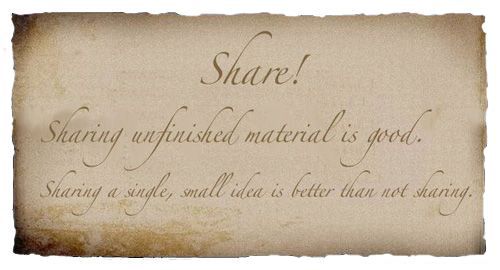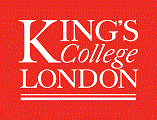| About the Blueroom and sharing | ||
|
When we first created BlueJ (now well over than 10 years ago), I was quite naïve. I thought if we developed good software that can do interesting things, and we put it out there, then people would take it and use it and do exciting things with it. That was true for some people, but not to an extent anywhere near the full potential of BlueJ. What led to this naïve view was my lack of understanding of teaching in any practical context. I learned over the next few years that having good software is not enough. It is, in fact, the availability of good, easily accessible and high quality teaching material that drives the adoption of teaching software. Once adopted, it is the existence of a community of peers to have discussions, ask questions and share experiences that makes the use enjoyable and enables teachers at all levels to improve their teaching, get new ideas and pass on what they have learned. This is what the Blueroom tries to address. By providing a platform for discussion, we can ask questions, discuss ideas and get help. By providing a means to share resources, we can share material. Sharing material – or getting other people to share their material – is not easy. What we found is this: The problem is not so much that people are overly protective of their material – in fact most are very happy to share – but many people are not confident that their material is "good enough" or "worthy" to be published. When I talk to teachers who have developed interesting resources, they are almost always very happy to share them in principle, but very reluctant to do this right now. Their material, they feel, was good enough to use in their own classroom, but to be shared publicly it would need some more work, some polishing, some completing of lose ends here and there. In short: It was not quite ready (in its current state). And then, of course, there are time pressures. The time to sit down and finish polishing the worksheets never comes, and many good ideas are never shared. This is an intrinsic problem that we should not ignore. It is just fact that producing well-developed, polished material takes a lot of time, and that many of us just do not get that time. The way we try to address this here is by creating a resource model for the Blueroom where resources are not owned by a single person, but by the community as a whole. Anyone can freely edit any resource. This model is based on trust and assumes a community of like-minded individuals. The benefit, we hope, is that people can see value in uploading resources that are unfinished, containing just the starting point for a resource that we - as a community - may want to develop further. Maybe it's an unfinished worksheet, maybe just a single idea. Believe me: Your colleagues and peers are very happy to see your material, even if it is not perfect. Seeing a good idea, even in imperfect form, is way better than finding nothing. As a community, we have some people who have great new ideas. We have people who have the time to test, improve, complete and polish. But not many people have time to do it all. By working together, each contributing a little, our hope is that we can develop - jointly, over time - a collection of valuable material. For us as a community this means: Whether this can work or not is an open question. It is a question of culture, not of technology. So please, come in, take part, contribute in whichever way you can. Michael Kölling, May 2011 |
||
 |
||
Created by
 Supported by
Supported by
Copyright King's College London, 2017. Contact us.